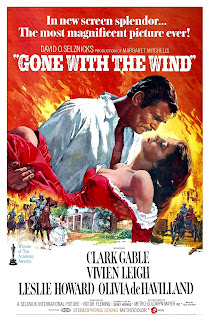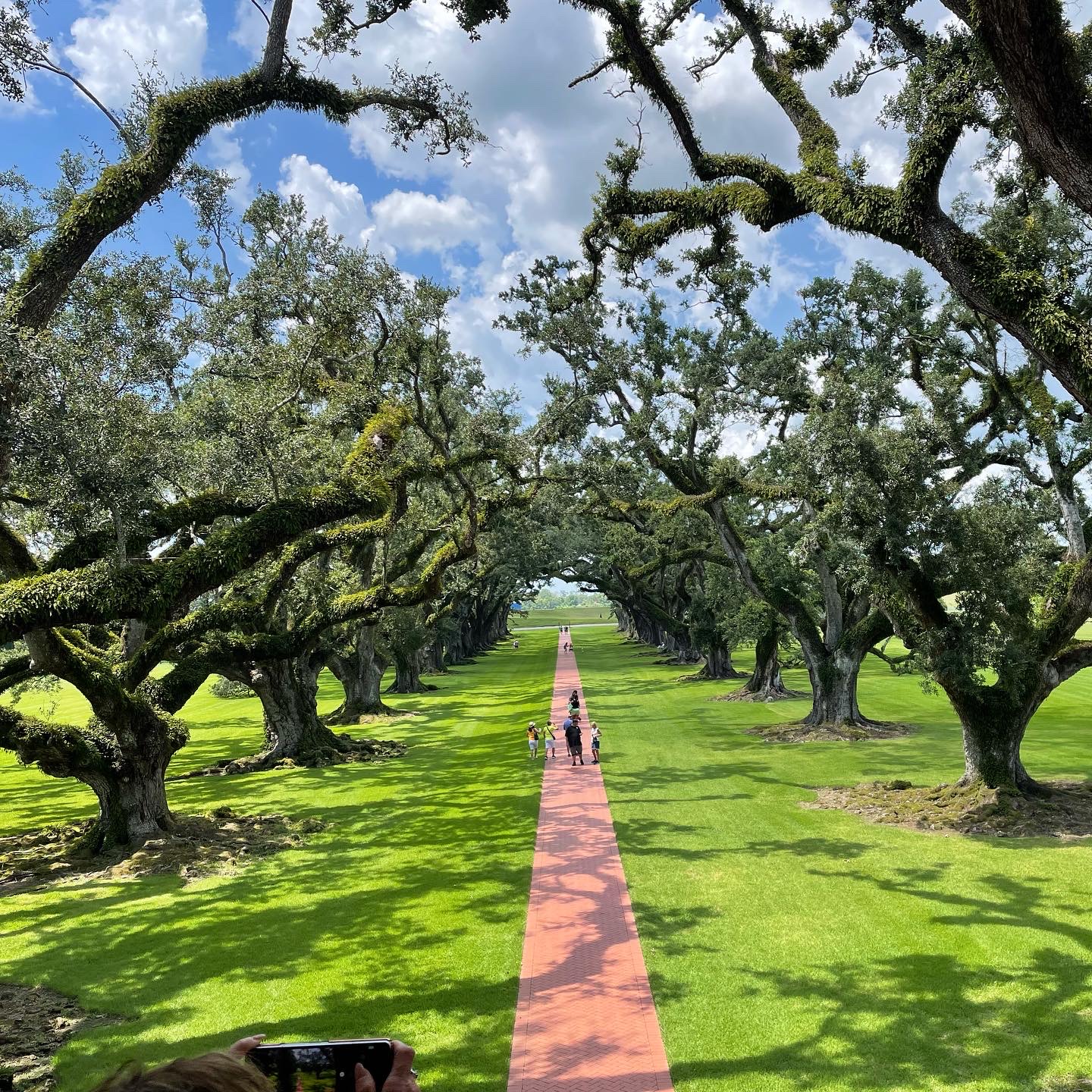However I would say this book was more of a philosophical premise rather then a dive into Spanish art history. In Brown's past books, Professor Langdon is usually solving mysteries that pertain to the art of it's location. For example Freemasonry symbols in Washington DC or the many Renaissance artworks in Italy. While Langdon does visit some iconic Spanish architecture and paintings, I would say the location is more of a supporting backdrop than the primary focus of the book. Of all Brown's books this one is by far the more philosophical and scientific. After all as the title suggests it dives into the mysterious topic of cosmogony.
The Premise
Professor Robert Langdon is welcomed to a special event in Bilbao, Spain by one of his former students Edmond Kirsh. The event is located at the modern Guggenheim Art Museum where Kirsh, a futurist and business mogul, plans to make a groundbreaking scientific revelation. Upon his arrival Prof Langdon is given a private tour of the museum by an artificial intelligence system named Winston. Before the big presentation Kirsh meets with Langdon in a backroom, to seek some counsel. Kirsh explains to Langdon that he has discovered humanity's greatest mysteries, where we come from and where we are going. He is also afraid that his discovery will upset all religions.
After much build-up Edmond Kirsh finally gives his presentation with nearly 2 million online viewers streaming the event live across the world. The presentation is loaded with theatrics as Kirsh begins with the history of philosophy and society. However before he can get to his big reveal, he is shot and killed from behind by Luis Avila. We later discover that Avila is a former Spanish admiral and member of the controversial Palmerian Catholic Church. It is implied that Avila was simply carrying out the orders from their church and he is able to escape from the museum.However as usual Robert Langdon is left at the scene of the crime and quickly charged by the royal security guard in the building. As usual in Dan Brown books however he is aided by an attractive and intelligent female counterpart, this time the museum's director Ambra Vidal. Upon witnessing the murder, Ambra is in a state of distress as she is to be wedded to Prince Julian, the son of the king. She realizes that she unknowingly allowed the entry of the assassin into the building and is overcome with great guilt. Ambra is able to quickly befriend Robert Langdon and convince him that they can still reveal Kirsh's presentation. So together they are able to escape the museum from police custody and once again Langdon must solve a mystery while on the run from the cops.
Prof Langdon and Ambra are aided by Kirsh's artificial intelligent computer named Winston who speaks to them via Kirsh's old phone. Winston explains to them that they can still reveal Kirsh's presentation that is stored on his mainframe computer. However they must unlock his password which Winston does not know. Ambra however believes it to be a line from a famous poem pertaining to science vs religion. Together they are able to catch a private flight from Bilbao to Barcelona to visit Kirsh's house. It happens to be located on the top floor of the famous Casa Mila, built by Spain's most famous architect Antoni Gaudi.The house is of course loaded with art and a library of literature, and while searching for this book of poetry Prof Langdon discovers that Edmond Kirsh was dying from cancer. Prof Langdon discovers that Kirsh owns an original book of William Blake, famous for his prophetic art and poetry. The only catch however is that the book is not in the Casa Mila however on loan at the church of the Sagrada Familia. Of course Dan Brown was not going to write a story set in Spain without including it's most iconic building of the Sagrada Familia.
Langdon and Ambra are able to once again escape the police by mounting a helicopter from the top of Sagrada Familia. They are escorted by the royal guard who believe Langdon and Ambra to be innocent and taken to Kirsch's scientific laboratory at the Barcelona Supercomputing Center. Inside the building they are once again reunited with Winston who convinces them to wait 15 minutes to spread the news to the world. Since the murder of Kirsch was captured on live television the story has already amassed world attention. By the time Langdon enters Kirsch's password to start the presentation there are nearly 250 million people watching the live stream.
I was quite satisfied in this book that Dan Brown actually had a philosophic theory to reveal rather then use it as an anticipatory driving factor. I half expected that there would be no big reveal and it was all just some twisted scheme to denounce religion. In the presentation Kirsch explains the Miller-Urey experiment of 1952 that recreated Earth's natural elements of oxygen, water, light, and gases to create amino acids. Kirsch used technological data to speed up the process some thousand of years to reveal that these elements alone could produce and evolve into life as we know it. He describes the science of entropy, which is a natural disorder of the universe, where life can sustain free energy from.
Kirsch's 2nd big reveal is where we are going, and once again uses his computing analysis to fast forward the evolutionary timeline. He essentially declares that in 50 years the majority of humanity will be cyborgs, a complete unification of biology and technology. As expected this revelation of course causes a stir of debate throughout the world but no immediate repercussions come from it. In achieving their goal, Langdon and Ambra feel gratified they were able to share Edmond's discovery. Upon discussing the discovery Langdon points out the obvious that it still doesn't answer the source of life's energy. Langdon and Ambra then part ways and she returns to her fiancé prince Julian who has now become king of Spain with the death of his father.At the closing of the book, Langdon speaks one last time with Kirsh's artificial intelligent system Winston. Langdon is shocked to discover that Winston will delete himself momentarily now that Kirsh's discovery has been revealed to the world. Furthermore Winston reveals that he plotted the deaths of various religious leaders who opposed the scientific revelation, and also that it was he who convinced Avila to assassinate Kirsch, not the Palmerian Church. Winston describes that he was doing everything in loyalty to his master Kirsch, who was going to die soon anyway due to his cancer. Feeling conflicted with this wicked system, Prof Langdon destroys the machine on a rock then he visits the Sagrada Familia once again. He is left with hope in the unity of religious faith.
My Thoughts on Cosmogony
About ten years ago I was in a major scientific phase and dove deep into the studies of astrophysics, cosmogony, and cosmology. See Studies of Cosmogony, Studies of Astronomy, Studies of Modern Physics. I can hardly begin to understand the complexities of these sciences but at least came to understand some of the many structures in our vast universe. Science has actually made great discoveries in better understanding how this universe actually works. There is no doubt a law of physics at work explained by scientists such as Galileo, Copernicus, Isaac Newton, Charles Darwin, and Albert Einstein. And with modern technology these scientific discoveries can only continue to uncover more mysteries.
However despite these theories of entropy, evolution, the big bang, and the expanding universe there is still no answer to the source of it all. I believe Darwin's evolution of life to no longer be a theory but rather a fact as to how lifeform evolved over millions of years. I believe it is quite likely that life was essentially started by a chemical reaction of gases. But what remains unknown is where did these gases come from. I don't believe in this endless notion of infinite time and space. Even if there is a scientific structure to everything in this universe there has to be a source that has created the structure.I have nothing against scientific discovery and consider creationism to be rather foolish. I encourage the unification of science, technology, and religion. I don't believe one religion is more right then another, only that it should be practiced as the ultimate means of faith and purpose. There are far too many mysteries in this university that science will never uncover. To believe there is no source of the universe, to life and afterlife is complete meaningless nihilism. Furthermore I think it utter pessimism to believe our spirit will cease to exist when we die. The only rational and optimistic explanation to the origins of the universe is a supreme deity who sought to create energy, purpose, and life.
Book Review
Now back to the matter at hand, I think this is yet another great book from Dan Brown. It follows the usual Professor Langdon format, mixing an exhilarating mystery pertaining to academic art and history. As I mentioned before however this book deals a lot more with science then his previous books. In his books Dan Brown often pins science against religion, but this one by far takes that claim. It is clear that Brown put a lot of research into this philosophical topic and provided some real good scientific insight. What was most satisfying is how he built this big scientific discovery and actually provided one of his own. Sure he mixed various theories together but his character of Edmond Kirsch was actually presenting a credible and original discovery by using computing analysis.
I think both of the scientific cases Brown makes in this book are quite legitimate. I would say the first case is probably not as surprising that life was discovered to be created from natural elements and disorder. But the second case is the more intriguing for me, where the futurist predicts society will merge with technology. This is the stuff of science fiction where we often hear of robots and artificial intelligence coexisting or even taking over humanity. I think it's quite realistic to consider modern smart technologies that are everywhere. Furthermore there are even medical technological advancements that can infuse into a human's biological structure to improve their health. This is no doubt the utter definition of a cyborg (part human/part machine).While Dan Brown provides some great scientific insight in this book, I would argue that the plot is not as exhilarating as some of his previous Langdon books. In his previous books there were far better villains, shocking twists, and penultimate situations. I guess I did not feel as engaged with a scientific discovery as opposed to the release of a deadly virus in Inferno. I would also argue that there really isn't a proper villain in this book, compared to say Teabing, Camerlengo McKenna, Dr. Sienna Brooks, or especially Mal'akh from the Lost Symbol. I predicted from the onset that Bishop Valdespino was not the guilty culprit only because he was made out to be at the beginning. I had a good feeling all along that the AI character of Winston was behind it all, and was gone before there could be a proper confrontation.
I think where I gave Dan Brown most praise in this book and all his other books, is his subtle favoring with religion over science. The basis of this book is loaded with great philosophical, scientific, and technological concepts and almost appears to be a celebration of those ideals. However in the end the main protagonist himself, the all knowing Robert Langdon confesses that while he believes in the mathematical laws of the universe he also believes there is a greater unknown force behind it all. Furthermore the books ends with Langdon not celebrating scientific discovery but rather recognizing human unity thru religious faith.

.jpg)


_British_Museum.jpg)



















